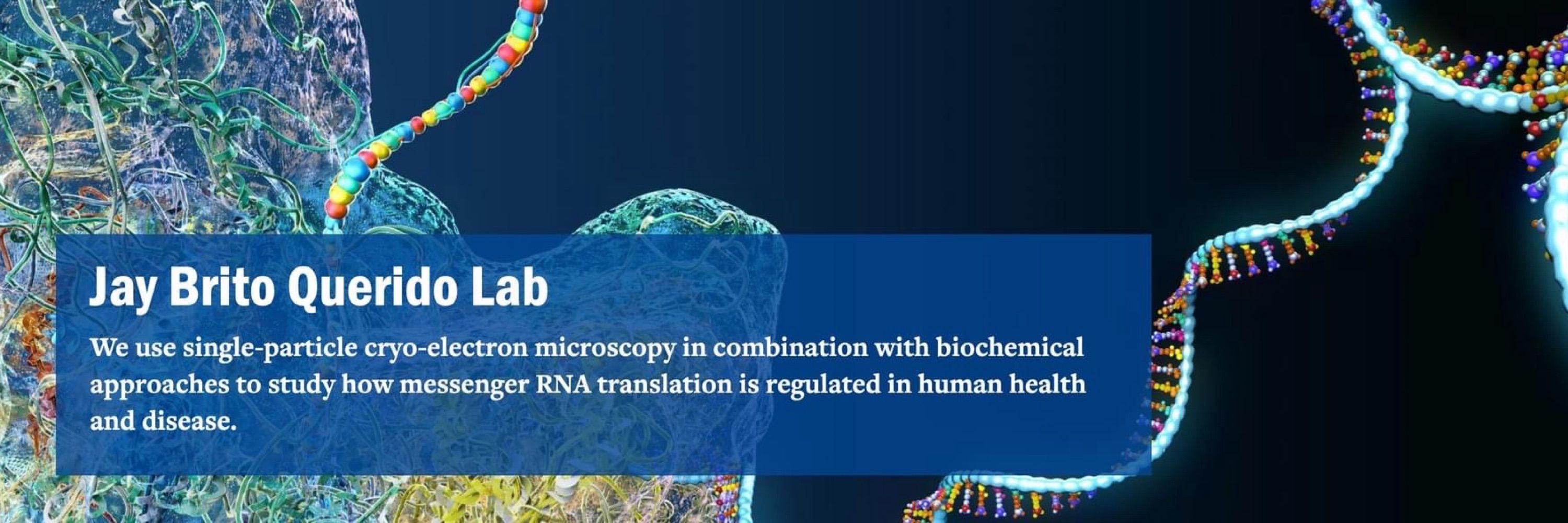
#cryoEM #RNA #Ribosomes #RNAsky #RNABiology #Science
https://www.lsi.umich.edu/science/our-labs/brito-querido-lab
#mRNA translation initiation and its regulation in eukaryotes.
#Ribosomes #cryoEM #RNABiology #Translation #Science
Read more: www2.mrc-lmb.cam.ac.uk/a-new-method...
#LMBResearch
Check out @erinedoherty.bsky.social and my work from @doudna-lab.bsky.social lab here:
www.nature.com/articles/s41...

Check out @erinedoherty.bsky.social and my work from @doudna-lab.bsky.social lab here:
www.nature.com/articles/s41...
www.biorxiv.org/content/10.1...
www.biorxiv.org/content/10.1...
I’m thrilled to share our new paper (Wolin et al., Cell 2025).
This paper describes SPIDR, a high-throughput method for mapping RBP binding sites.
By combining #SPIDR with #cryoEM, we identified the exact binding site of LARP1 within the #mRNA channel of the 40S ribosomal subunit.
in our group: ‘A new protein-dependent riboswitch activates ribosomal frameshifting’. Huge congratulations to Jemma for the first manuscript of her PhD! ✨
www.biorxiv.org/content/10.1...

in our group: ‘A new protein-dependent riboswitch activates ribosomal frameshifting’. Huge congratulations to Jemma for the first manuscript of her PhD! ✨
www.biorxiv.org/content/10.1...
Tried to include everyone, feel free to tag yourself or others missed. Connecting the community at #ACA2025!
@acastructuralsci.bsky.social @rcsbpdb.bsky.social
🔗 go.bsky.app/JAmraSp
Tried to include everyone, feel free to tag yourself or others missed. Connecting the community at #ACA2025!
@acastructuralsci.bsky.social @rcsbpdb.bsky.social
🔗 go.bsky.app/JAmraSp
Continuing our successful collaboration with DeuerlingLab @uni-konstanz.de & Shu-ou Chan @caltech.edu
@snsf.ch @ethz.ch
www.cell.com/molecular-ce...
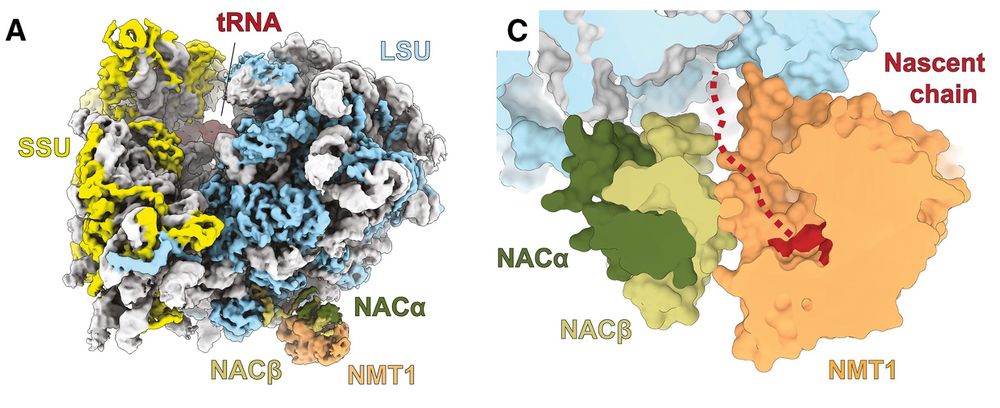
Continuing our successful collaboration with DeuerlingLab @uni-konstanz.de & Shu-ou Chan @caltech.edu
@snsf.ch @ethz.ch
www.cell.com/molecular-ce...
www.science.org/doi/10.1126/...
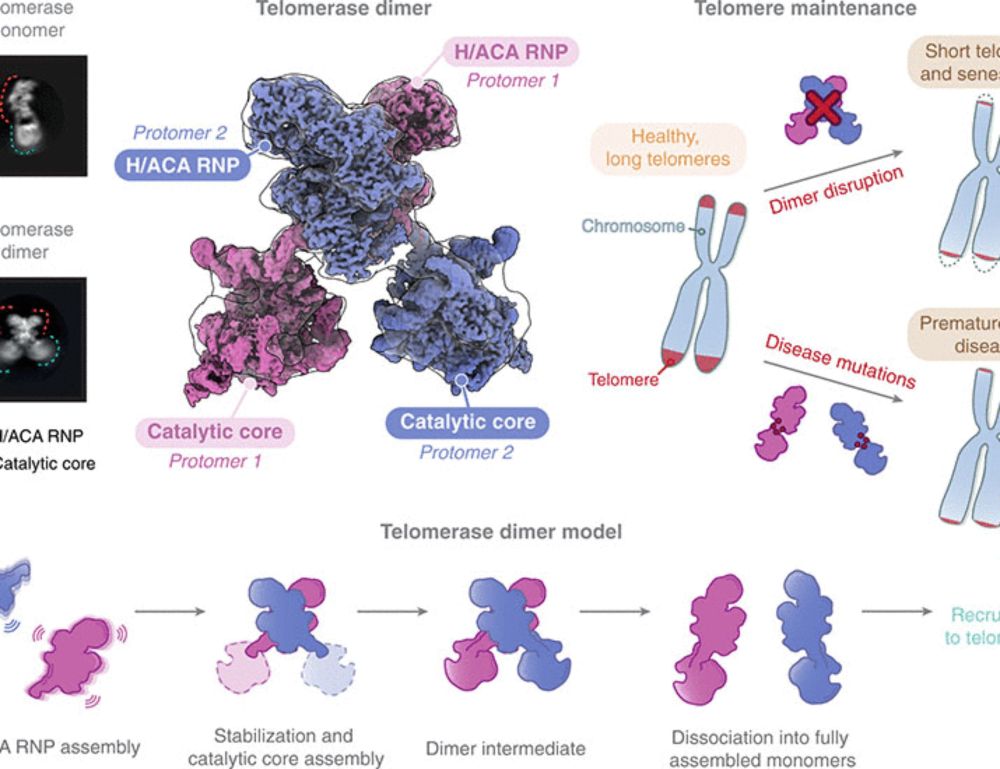
www.science.org/doi/10.1126/...
#ribosome #RNA #hydrolysis
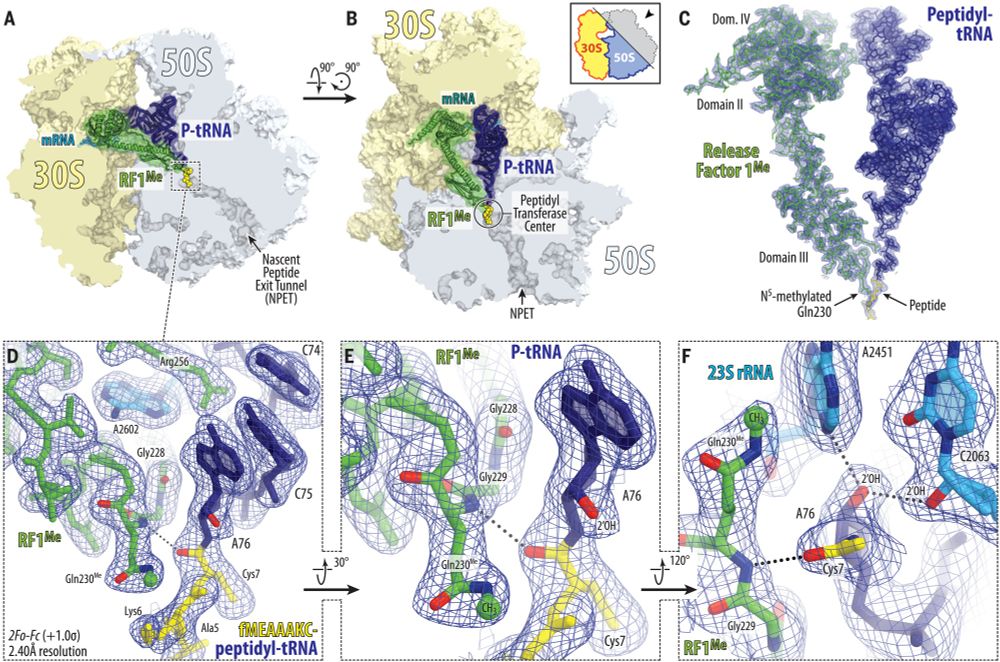


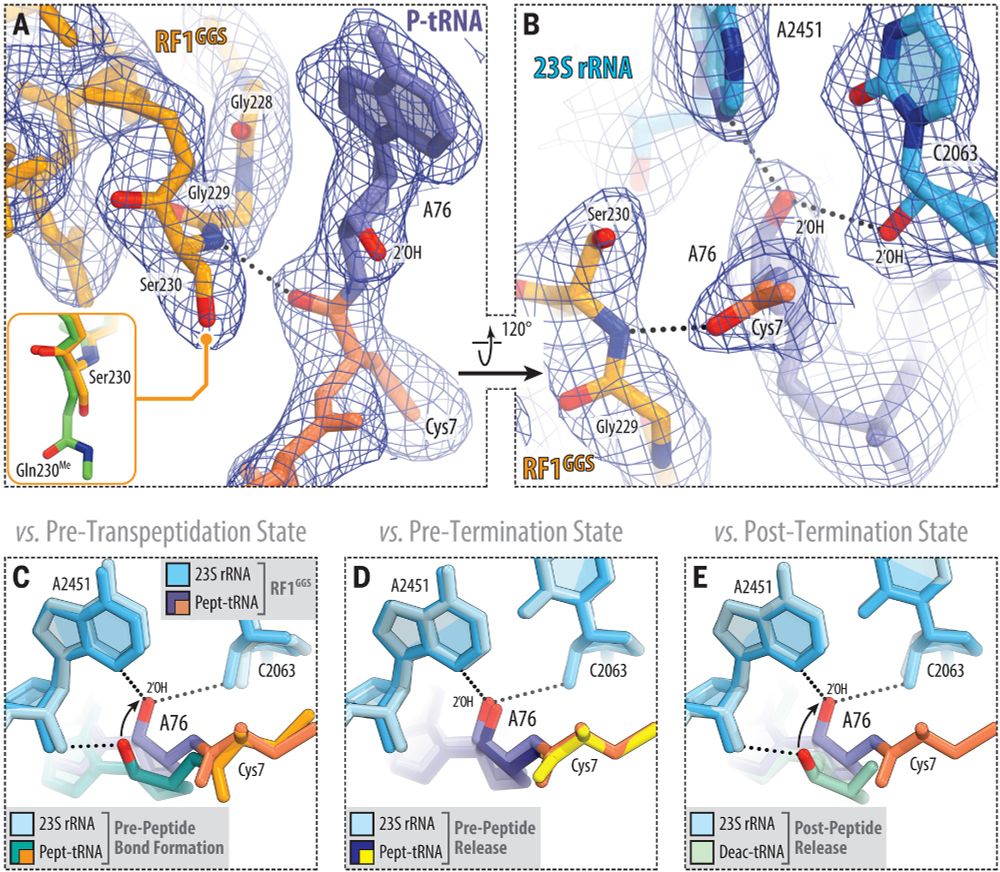
#ribosome #RNA #hydrolysis
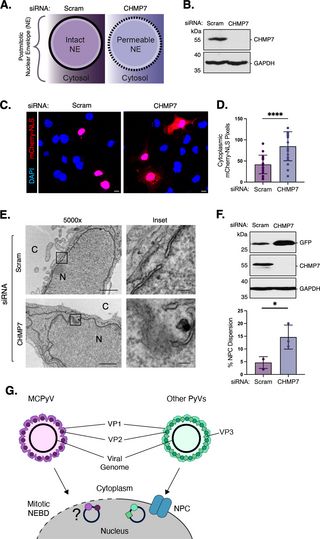
Thanks also to our event sponsors, SubAngstrom, @globusorg.bsky.social, @mitegen.com and @structurabio.bsky.social

Thanks also to our event sponsors, SubAngstrom, @globusorg.bsky.social, @mitegen.com and @structurabio.bsky.social

Check it out to learn more! ⭐️
#RNA
www.biorxiv.org/content/10.1...
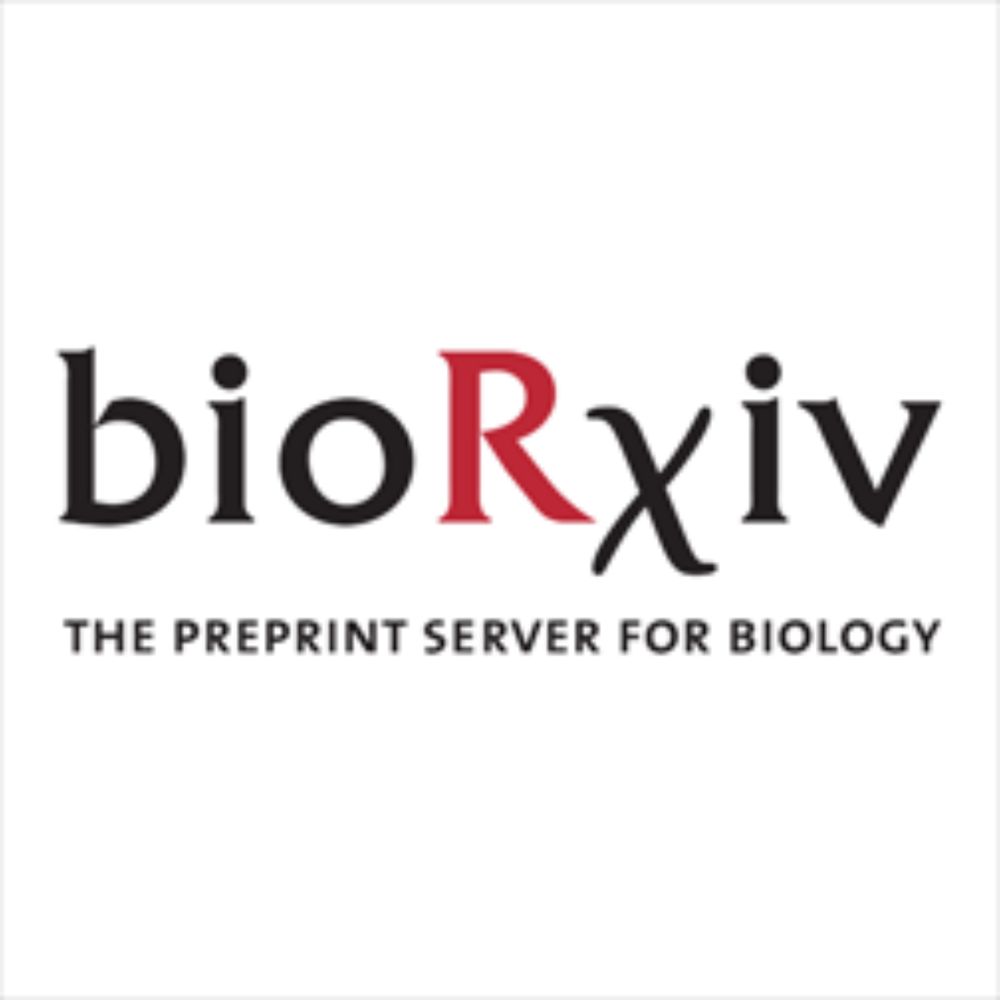
Check it out to learn more! ⭐️
#RNA
www.biorxiv.org/content/10.1...

www.biorxiv.org/content/10.1...
www.science.org/doi/10.1126/...
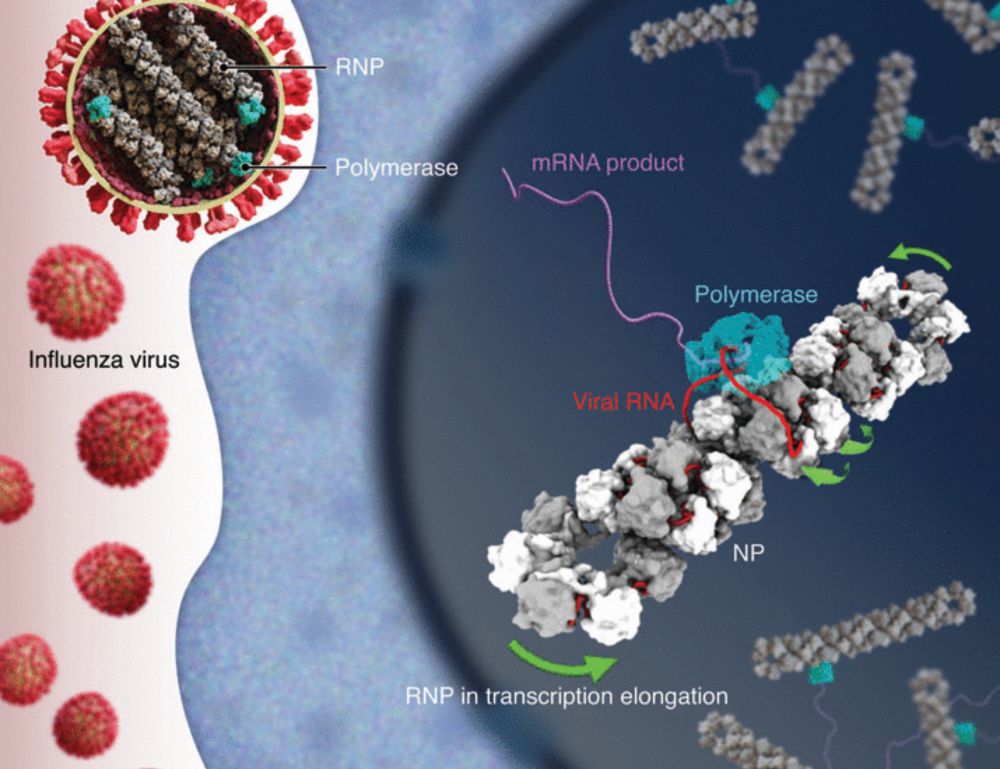
www.science.org/doi/10.1126/...
the Liu group we report the development of a laboratory-evolved CRISPR-associated transposase (evoCAST) that supports therapeutically relevant levels of RNA-programmable gene insertion in human cells. drive.google.com/file/d/1I-Ub...
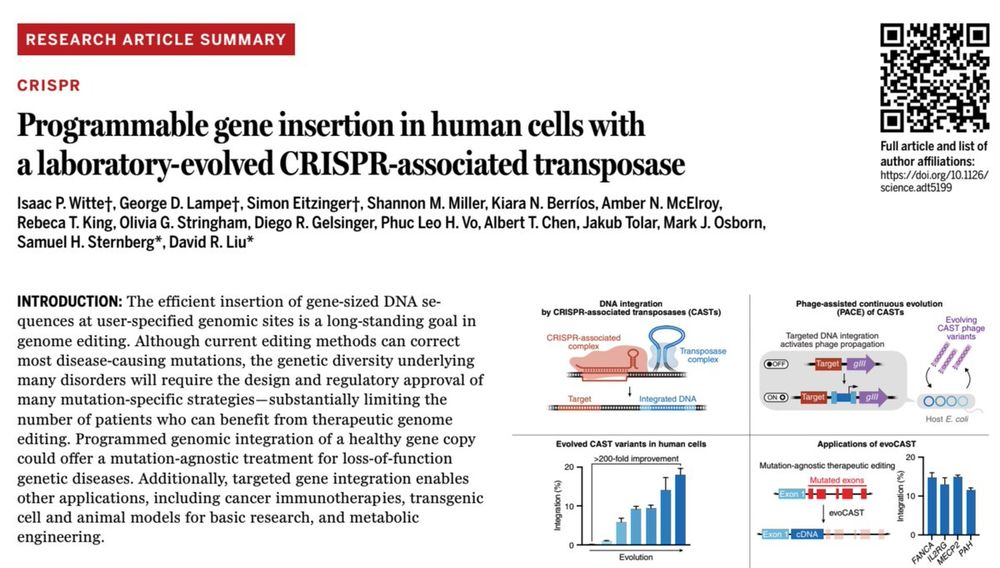
the Liu group we report the development of a laboratory-evolved CRISPR-associated transposase (evoCAST) that supports therapeutically relevant levels of RNA-programmable gene insertion in human cells. drive.google.com/file/d/1I-Ub...
We're on the Molecular Cell cover!
How are ribosome levels adjusted?
Stm1 not only protects ribosomes from degradation, it also promotes their biogenesis in nutrient-rich conditions.
Two roles, one protein - tuned by nutrient availability.
🔗 www.cell.com/molecular-ce...
We're on the Molecular Cell cover!
How are ribosome levels adjusted?
Stm1 not only protects ribosomes from degradation, it also promotes their biogenesis in nutrient-rich conditions.
Two roles, one protein - tuned by nutrient availability.
🔗 www.cell.com/molecular-ce...
You'll find a tutorial on how to reconstruct tomograms, pick particles and do subtomogram averaging, using different software!
Hope it will be useful !


You'll find a tutorial on how to reconstruct tomograms, pick particles and do subtomogram averaging, using different software!
Hope it will be useful !



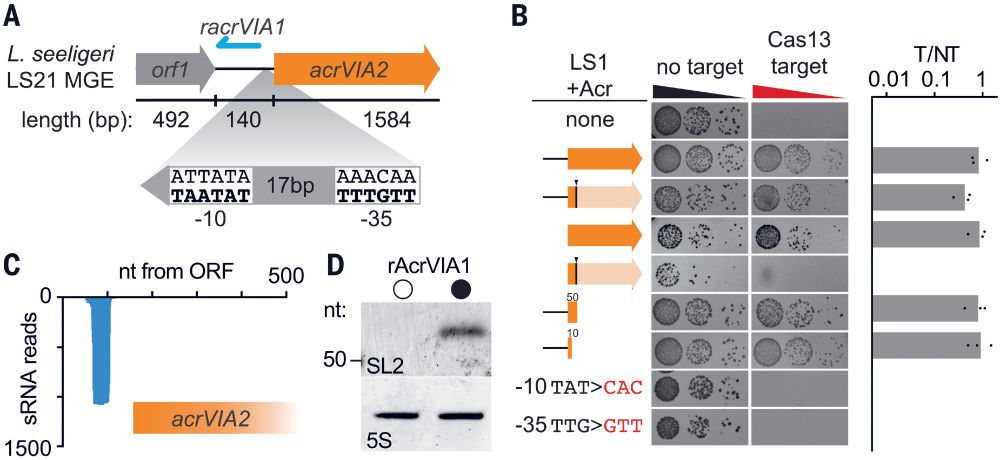
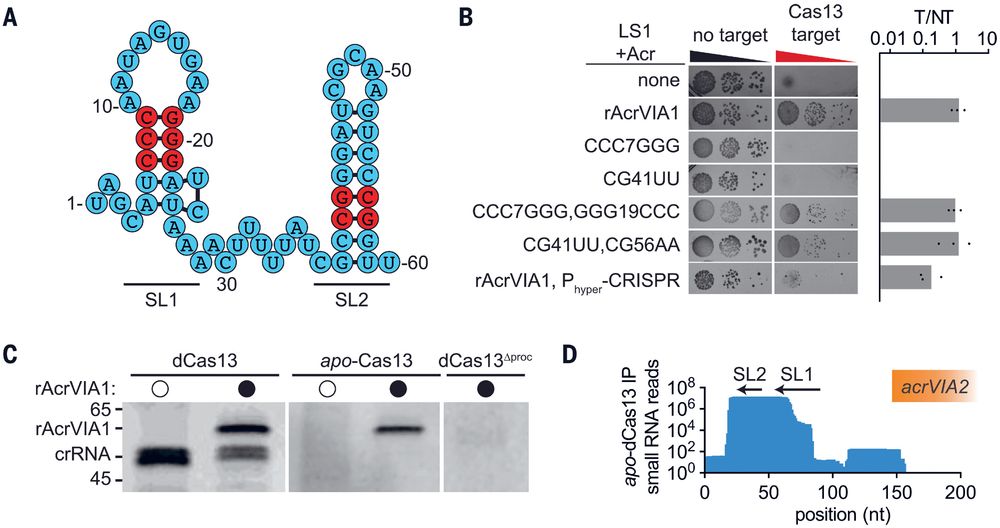
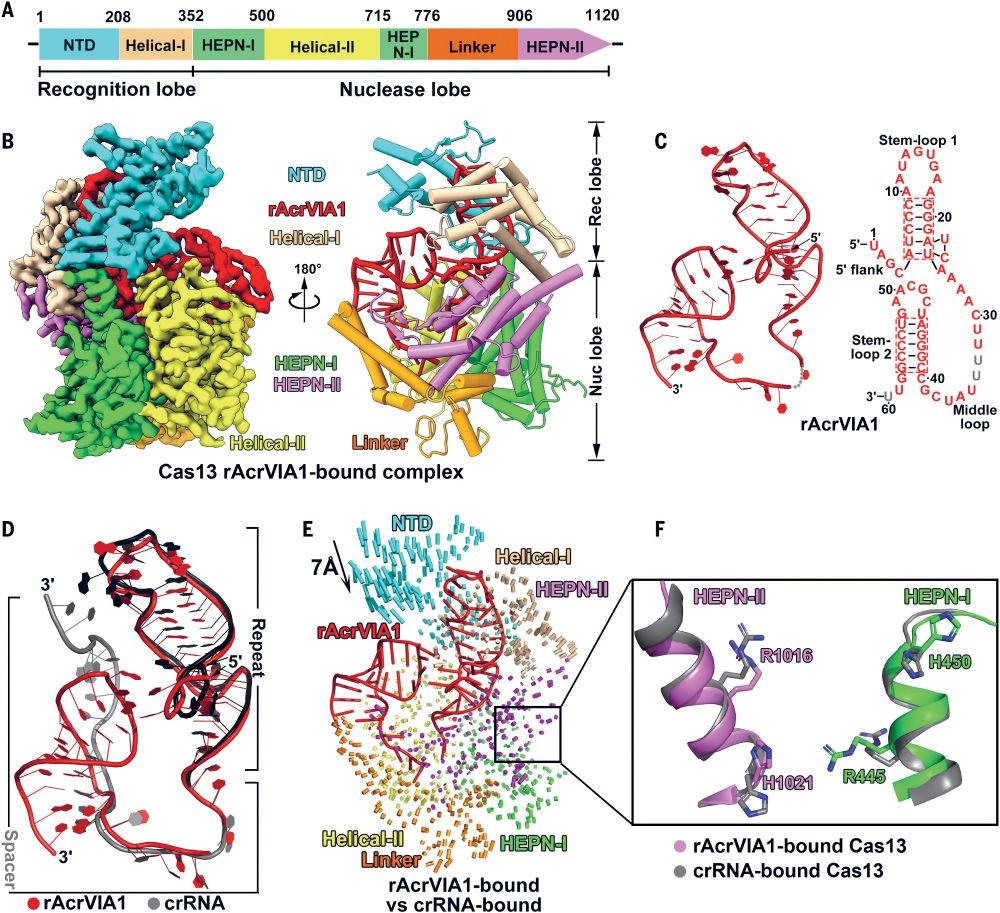
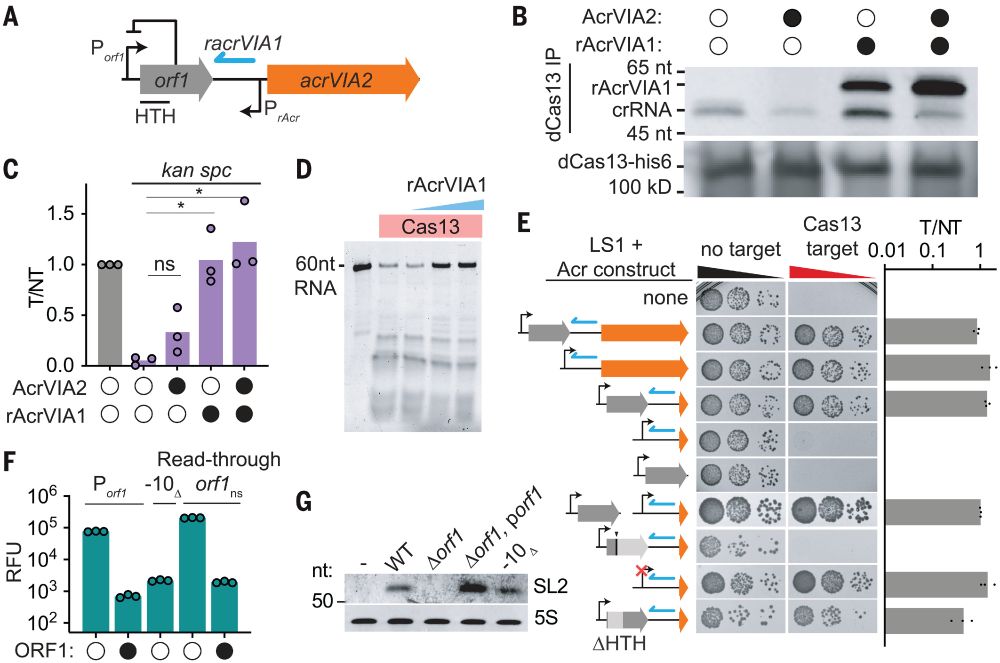
record.umich.edu/articles/fiv...

record.umich.edu/articles/fiv...
Chris Russo’s group, inc. Joshua Dickerson, adapted #cryoEM to work at liquid helium temperatures (13 kelvins), where every frame captured contains more information than the equivalent using liquid nitrogen (81 kelvins).
Read more: tinyurl.com/mwwcunkc
#LMBResearch
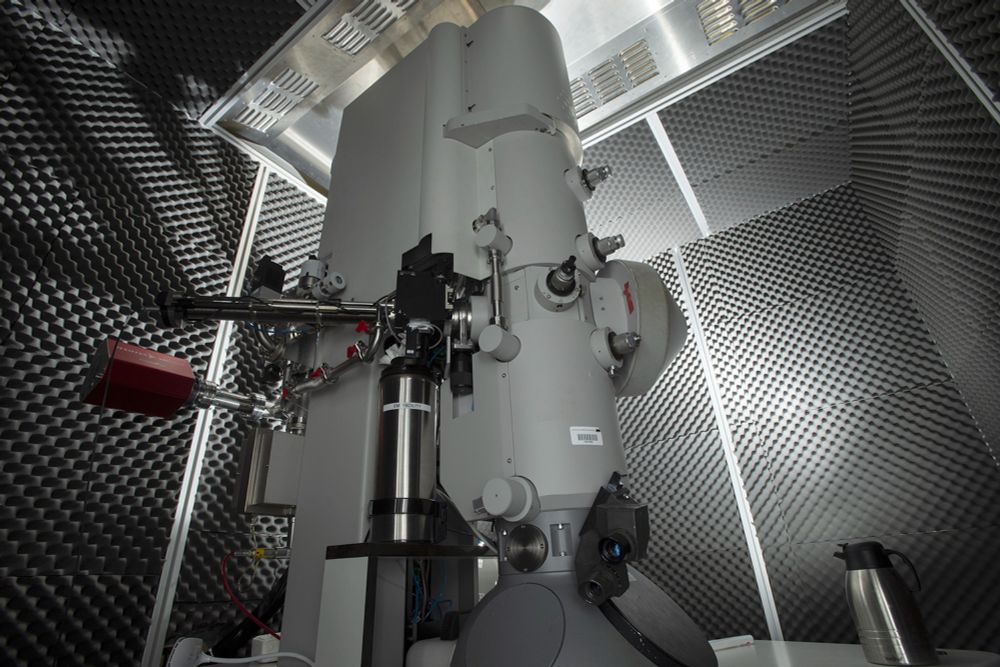
Chris Russo’s group, inc. Joshua Dickerson, adapted #cryoEM to work at liquid helium temperatures (13 kelvins), where every frame captured contains more information than the equivalent using liquid nitrogen (81 kelvins).
Read more: tinyurl.com/mwwcunkc
#LMBResearch

